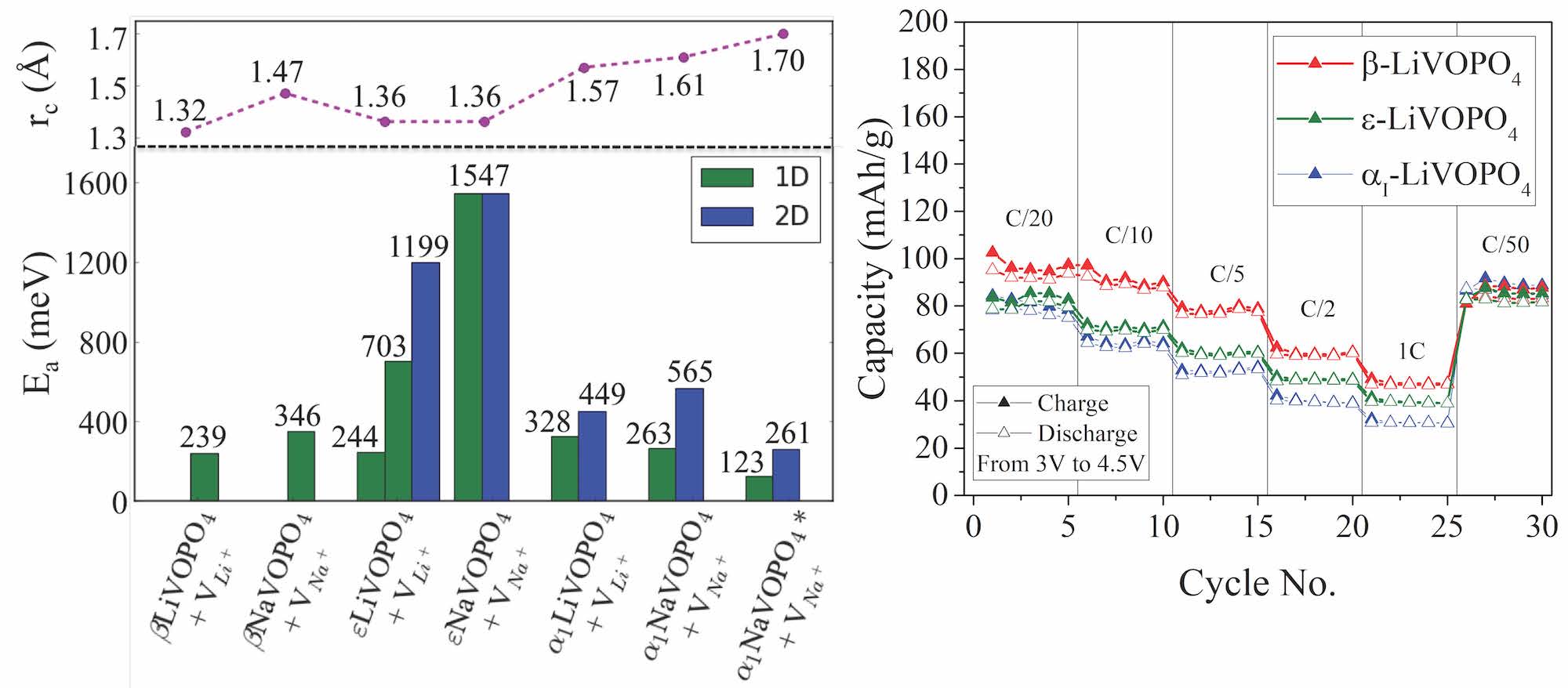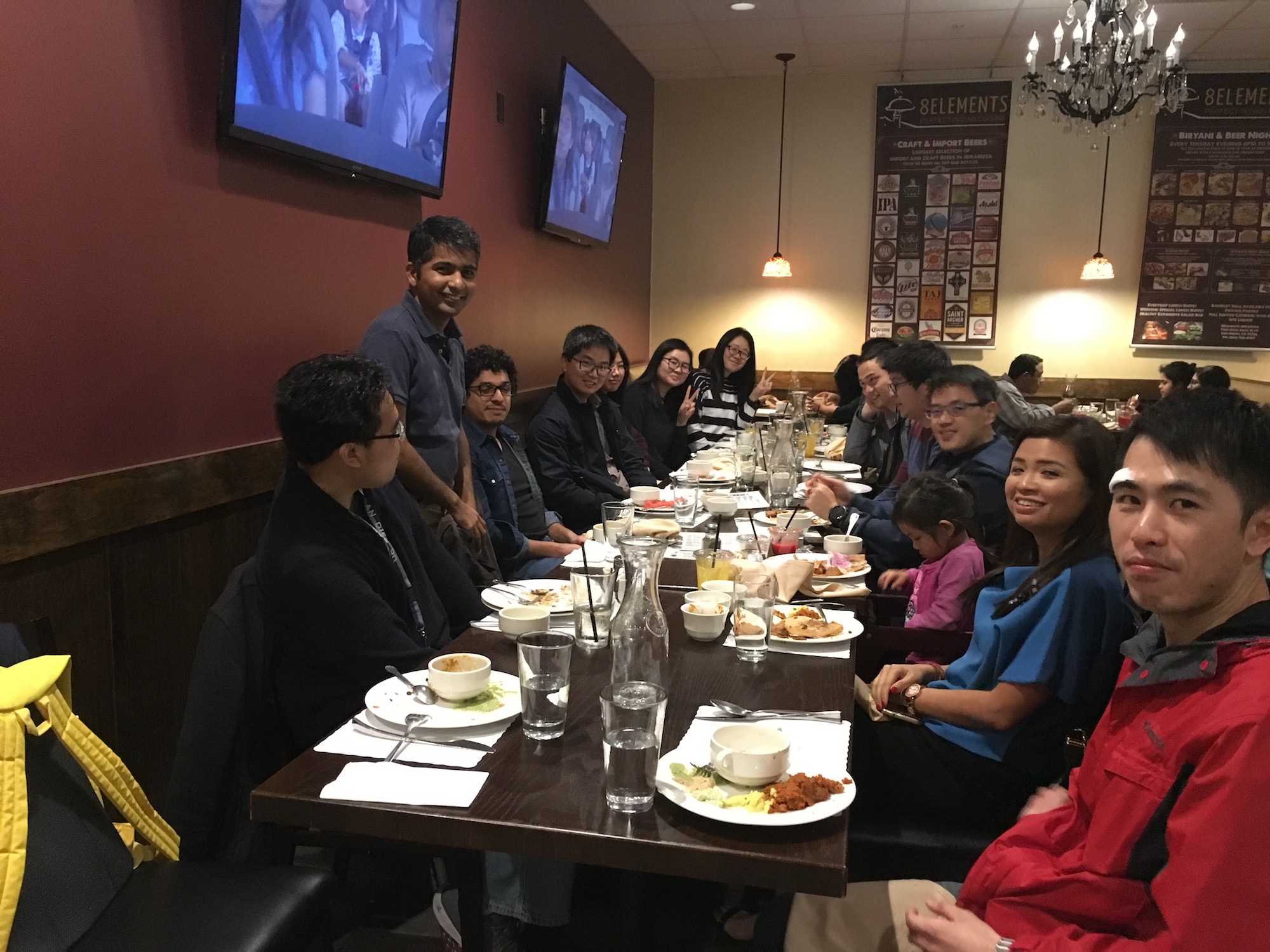Probing Interfacial Reactions in All-solid-state Na-ion Batteries
Hanmei’s first paper on “Probing Solid-Solid Interfacial Reactions in All-Solid-State Sodium-ion Batteries with First Principles Calculations” has just been published in Chemistry of Materials. In this comprehensive work, we show how explicit AIMD models can lead to different predictions of interfacial reaction products from simple thermodynamic approximations. Specifically, SO4 formation is predicted to be favored over PO4 formation at the interface between NaCoO2 and Na3PS4. We also identified several promising new candidates for buffer materials that potentially show lower reactivity with common electrodes and solid electrolytes.








